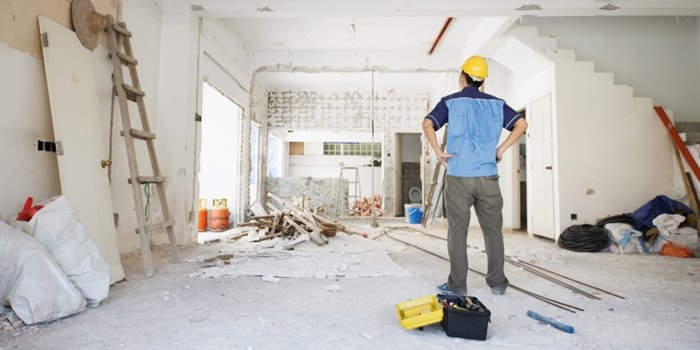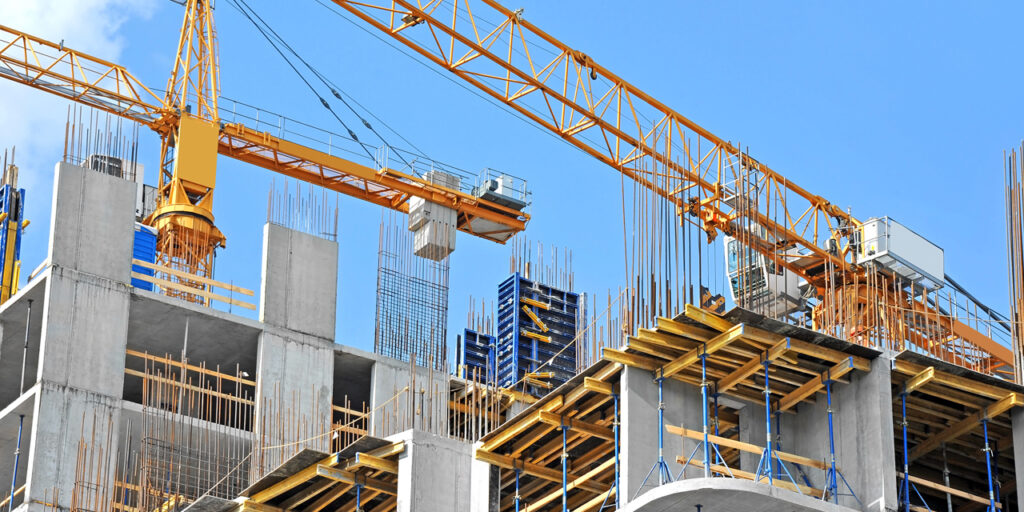
The Essential Role of Cement in Construction: Benefits, Types, and Applications
Cement is an essential component of modern construction and plays a crucial role in creating the strong, durable structures that we rely on every day. From buildings and roads to bridges and dams, cement Malaysia is used in a wide range of construction projects around the world.
In this article, we will explore the various uses of cement in the construction industry and discuss the different types of cement that are commonly used.
Uses of Cement in Construction

Cement is a versatile building material that can be used in a variety of construction applications. Some of the most common uses of cement in construction include:
- Concrete Production: Concrete is a mixture of cement, water, and aggregates (such as sand and gravel) that is used to create the foundation and structure of buildings, roads, and other infrastructure projects.
- Mortar Production: Mortar is a mixture of cement, sand, and water that is used to bind together bricks, stones, and other masonry materials in the construction of buildings, walls, and other structures.
- Stucco Production: Stucco is a type of cement-based plaster that is used to cover exterior walls and create a decorative finish.
- Grout Production: Grout is a mixture of cement, water, and sand that is used to fill gaps and spaces between tiles and other building materials.
Types of Cement Used in Construction
There are several different types of cement that are commonly used in construction. Some of the most common types include:
- Portland Cement: This is the most commonly used type of cement in construction and is made from a mixture of limestone, clay, and other materials. Portland cement is known for its strength and durability and is used in a wide range of construction applications.
- Blended Cement: Blended cement is made by blending Portland cement with other materials, such as fly ash, slag, or silica fume. Blended cement is known for its strength and durability and is often used in concrete production.
- White Cement: White cement is a type of cement that is made from raw materials that are low in iron and magnesium, giving it a bright white color. White cement is often used in decorative applications and is known for its high compressive strength and low shrinkage.
- Rapid Hardening Cement: Rapid hardening cement is a type of cement that is designed to set and harden quickly, making it ideal for use in construction projects where time is of the essence.
Benefits of Using Cement in Construction

There are several benefits to using cement in construction. Some of the most significant advantages include:
- Strength and Durability: Cement is known for its strength and durability, making it an ideal building material for infrastructure projects that need to withstand heavy loads and harsh environmental conditions.
- Fire Resistance: Cement is highly resistant to fire, making it an ideal building material for structures that need to meet strict fire safety codes.
- Low Cost: Cement is a relatively low-cost building material, making it an attractive option for construction projects that need to be completed on a tight budget.
- Sustainability: Cement is a sustainable building material that can be recycled and reused in a variety of construction applications, reducing waste and conserving natural resources.
Conclusion
In conclusion, cement is an essential building material that plays a crucial role in modern construction. From concrete and mortar production to stucco and grout production, cement is used in a wide range of construction applications around the world. By providing strength, durability, and fire resistance, cement helps to create the strong, durable structures that we rely on every day. With its low cost and sustainability, cement is a versatile and attractive building material that will continue to play a critical role in the construction industry for years to come.
You May Also Like

Dildo Selection Guide
January 13, 2023
Modern Laboratory Design in Malaysia: What You Need to Know
February 15, 2023

